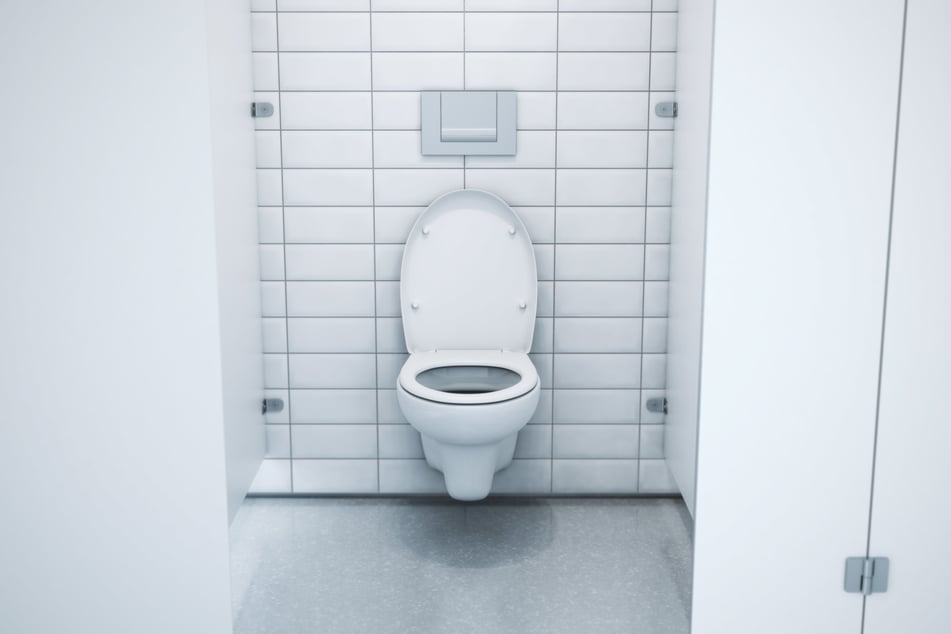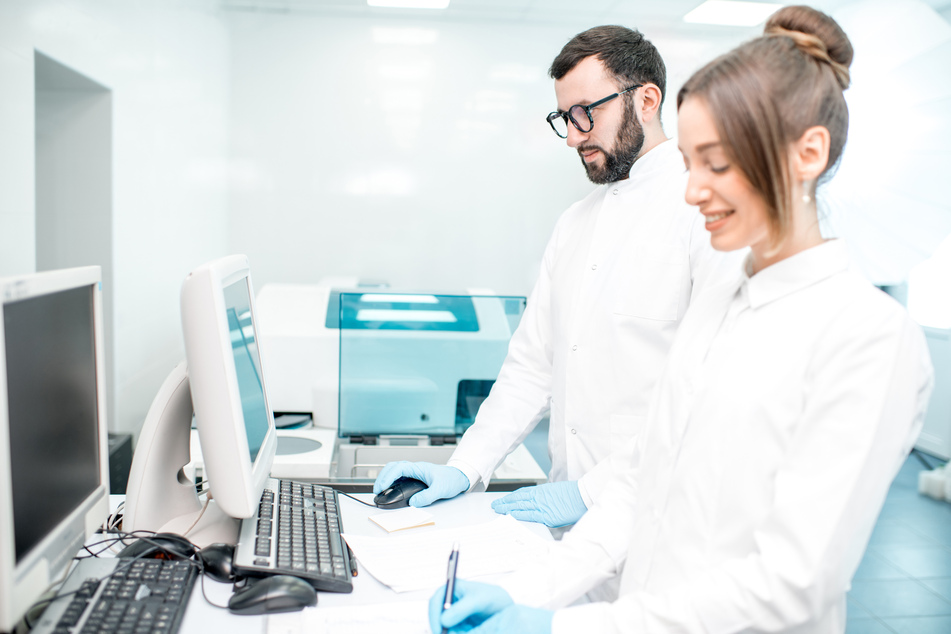Every toilet flush reveals a clue in the fight to stop Covid-19
Chicago, Illinois – With Covid-19 infections spiking again at an alarming rate, cities are trying to forecast outbreaks by analyzing human waste flushed down thousands of toilets.

Signs of the novel coronavirus show up in sewers about a week before people surge into hospitals with symptoms of the disease, which during the past nine months has killed more than 1.3 million people worldwide, including 246,000 in the United States.
In an attempt to provide doctors and nurses with more time to prepare for outbreaks, 20 communities in 43 countries are collecting sewage samples and posting charts showing changes over time in the genetic signature of the SARS-CoV-2 virus.
Researchers from four universities and Argonne National Laboratory are rushing to add Chicago to the list early next year.
"It's much more efficient to test wastewater from a neighborhood where a couple of samples could tell you as much as testing 500 people over and over again," said Sam Dorevitch, a University of Illinois at Chicago scientist involved in the project.
The Chicago research is part of a fast-growing effort to streamline methods used for decades to track disease and pollution. Sewage monitoring helped investigators trace a 2013 polio outbreak in Israel and, more recently, directed social services in a handful of American cities hit hard by the opioid epidemic.
New studies focused on the coronavirus are grounded in flat, scientifically acceptable jargon. But a sewage-testing company formed by researchers at the Massachusetts Institute of Technology is more direct, echoing potty-training books for toddlers.
"Everybody poops and pees every day," Cambridge-based Biobot Analytics declares on its website. "This information is a readout of our health and well-being as a community."
Chicago's layout presents particular challenges to researchers

Based on interviews with a dozen scientists and government officials tracking the coronavirus, it appears one of the biggest challenges is determining where they should be collecting sewage.
Chicago's labyrinth of sewers winds more than 4,500 miles under city streets. It is divided between the Chicago Department of Water Management and the Metropolitan Water Reclamation District, two agencies with a history of bureaucratic turf wars and a reputation for blaming each other when the system fails.
District officials are sending weekly samples from three treatment plants to researchers at Stanford and the University of Michigan. Those samples are being shared with the group from Illinois universities, which is using computer modeling to estimate where neighborhood-level sampling could identify virus hot spots.
"In other places they tracked the initial wave and how the lockdown reduced the SARS-CoV-2 signal in wastewater," said Aaron Packman, a Northwestern University environmental engineer. "It picked back up again after states and cities relaxed their lockdowns."
Boston and Tempe, Arizona, are two of the US cities ahead of Chicago, largely because both had been studying opioids in sewage well before the pandemic began.
Pioneers also focused on how to inform the public about results and brainstormed how to debunk inevitable conspiracy theories.
"We stress that we aren't testing down to the level of an individual homeowner," said Rosa Inchausti, Tempe's director of strategic management and diversity. "But when we detected a (coronavirus) spike in one of our neighborhoods, we told people they were at higher risk, flooded the area with masks and encouraged testing."
Regular monitoring of Chicago sewage could help determine if person-to-person contact needs to be restricted in certain neighborhoods. After vaccines arrive, sewage tests could flag parts of the city lagging behind in inoculations.
The race to develop sewage testing is underway

Behind the scenes, there is an intriguing competition among researchers and technology start-ups striving to discover quick, cutting-edge methods that can be easily replicated.
The Chicago project, financed by a 1.25-million-dollar grant from the Skokie-based Walder Foundation, also includes researchers from the University of Chicago and the University of Illinois at Urbana-Champaign.
Another band of scientists led by Julius Lucks, a Northwestern chemistry and biological engineering professor, is perfecting a method that involves adding a few drops of sewage to a test tube containing a reagent for the coronavirus, potentially speeding up test results.
Biobot, the Massachusetts start-up, conducts testing and compiles charts of the Covid-19 signature in Boston and more than a dozen other communities.
"One of the things the virus did to the country was to educate people about the potential of this technology to improve public health," said Mariana Matus, the company's co-founder and chief executive. "It could help policymakers decide if it is safe to send kids to school or open restaurants. In other words, when it is OK to resume a normal life."
Cover photo: Evgeny Kostsov / 123RF